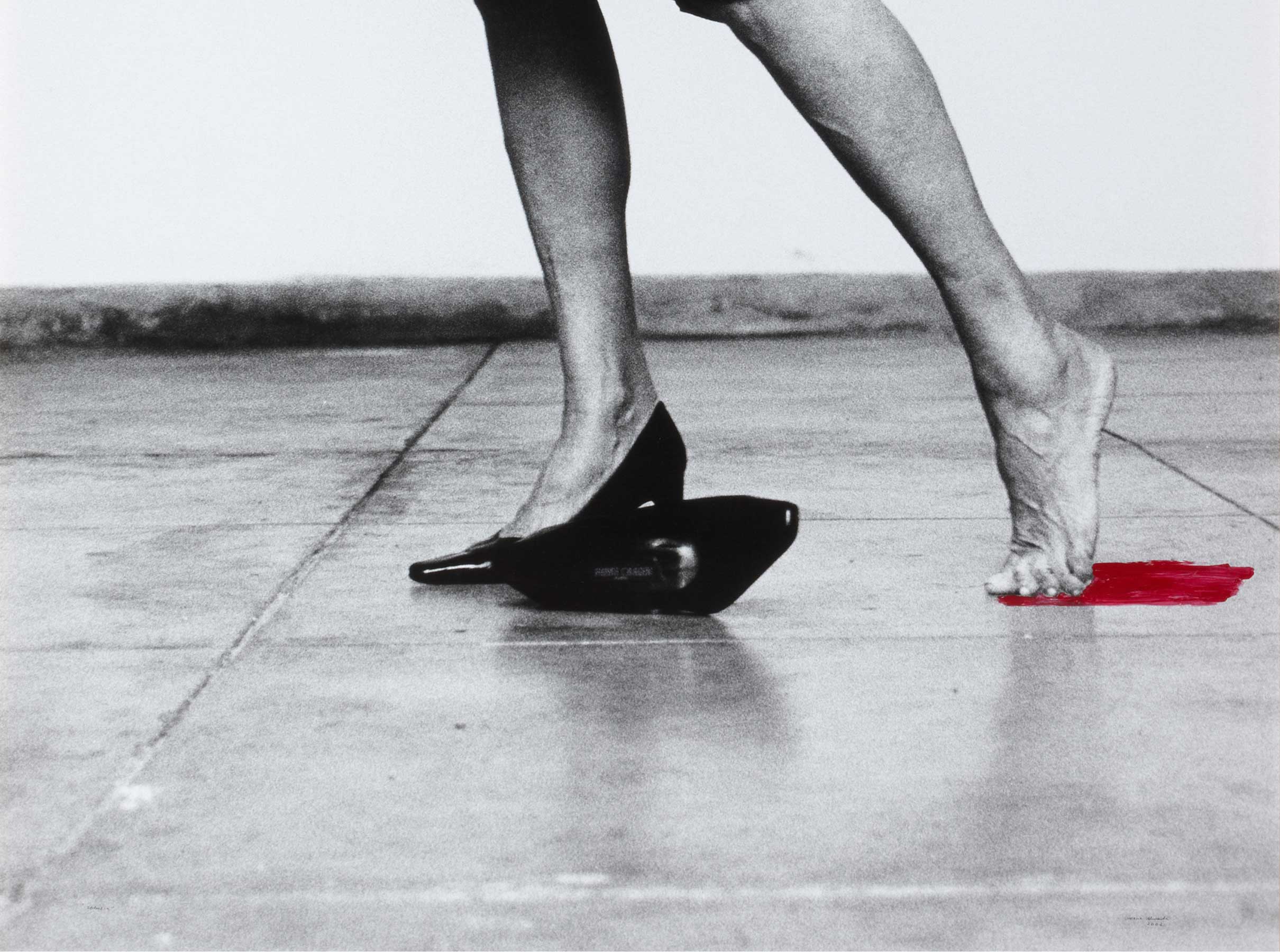AMP 02
- 2004
- Acrylic paint and masking tape on paper
- 151 x 119 cm
- Cat. D_325
- Acquired in 2007
Pello Irazu’s work has always been linked to the Formalist legacy left by Jorge Oteiza in the Basque sculpture scene. However, despite his constructivist roots, his output moved in directions in which that starting point was diluted and he questioned the conceptual and spatial nature of his work in relation to the viewer’s participation. An example of such experimentation with the link between the space occupied and the void is Nobody Told Me You Were Here (1992). The work is built using plywood, acrylic and vinyl paint, as a block with intermediate spaces eliminated and coloured. The sculpture is low and nuanced in its dimensions; it subverts the magnificence of earlier Basque sculpture and is seen as post-minimalist, a style which would remain a hallmark of Irazu throughout his artistic career.
AMP 01, AMP 02 and AMP 04 belong to the Fragments series (2004). Even though they do not use Irazu’s usual media — they are drawings made using paint and masking tape — they reflect the formal minimalism of the Basque school and are consistent with the rest of his output. The powerful right angles and the solid, primary colours that appear together with scattered, more gestural lines establish a continuity between the present and the exempt, between the objectual work and the concept behind the signifier. The same goes for 330 (1999), where the sutures between the blue and black give glimpses of lines that seek to describe a specific code perceptible only to the artist. Irazu’s graphic work acts as a speculum for the forms of his sculptures –featuring the same recurrent colour range and the use of masking tape– and is produced with the same intention: to shatter the viewer’s perception as to the process of creation and the relationship between space, work and observer. Irazu has often explained that space is much more than the place that objects occupy: this enables him to re-work the meaning of his pieces by reusing them temporarily in different exhibitions.
Other works by Pello Irazu

